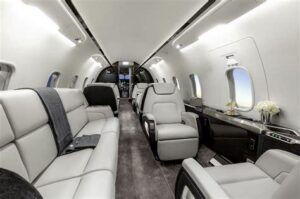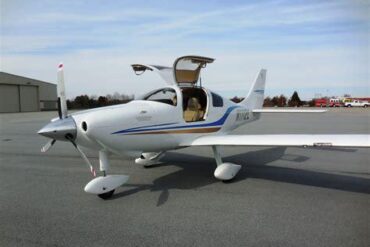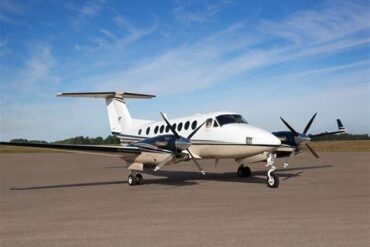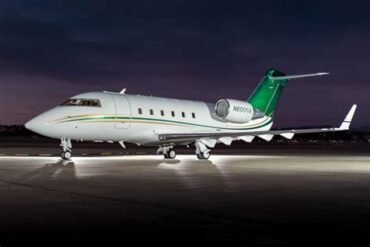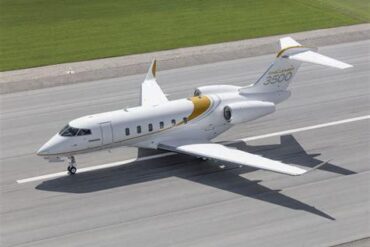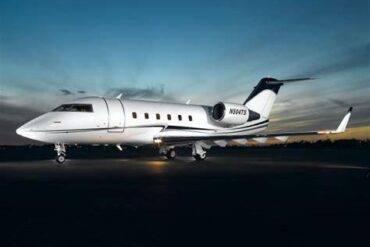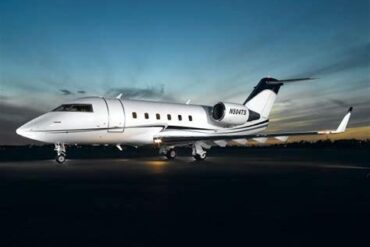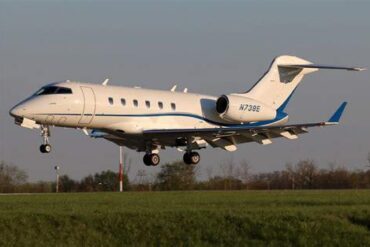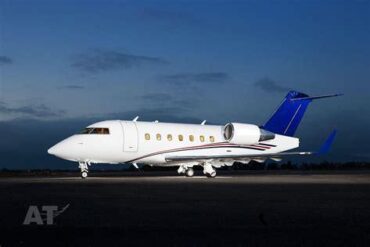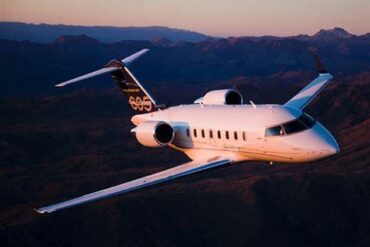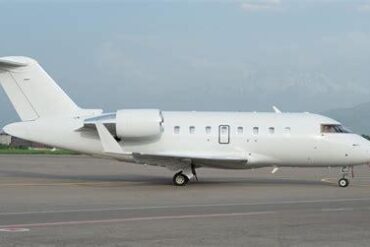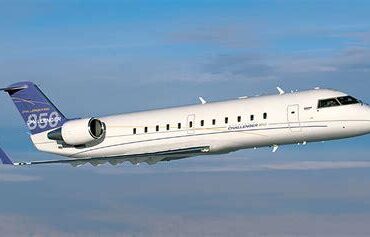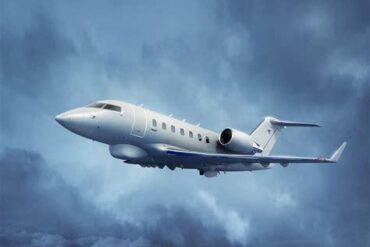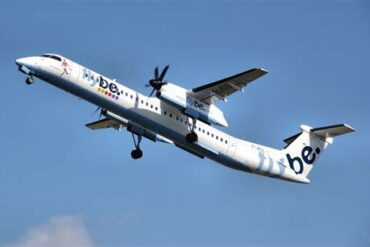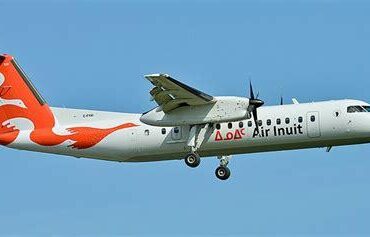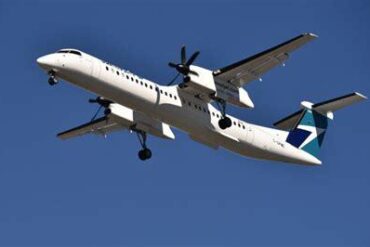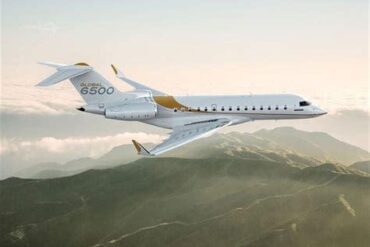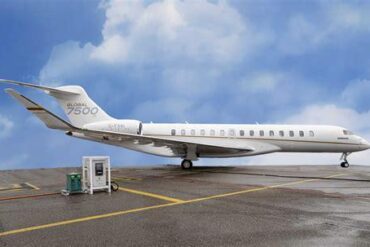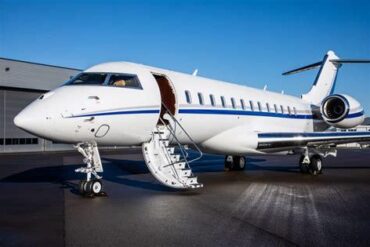The Bombardier Challenger 350 has emerged as a leading player in the super-midsize business jet category. Renowned for its spacious cabin, advanced technology, and impressive performance, it appeals to a variety of clients, from corporations to private owners. In this article, we will delve into the price of the Bombardier Challenger 350 and examine its operating costs to provide potential buyers with a comprehensive understanding of their investment.
Overview of the Bombardier Challenger 350
The Challenger 350, introduced in 2014 as an upgrade to the Challenger 300, boasts several enhancements that make it a standout choice in the competitive business aviation market. With a maximum range of approximately 3,600 nautical miles, it allows for non-stop travel on many popular routes. The aircraft is powered by two Honeywell HTF7350 engines, each providing 7,323 pounds of thrust, ensuring a smooth and efficient flight experience.
Key Specifications
-
Passenger Capacity: Up to 10 passengers
-
Maximum Cruise Speed: Mach 0.83
-
Cabin Height: 6 feet
-
Cabin Width: 7 feet 2 inches
-
Cabin Length: 25 feet 2 inches
-
Baggage Capacity: 1,500 pounds
These specifications illustrate why the Challenger 350 is favored by many executives and companies looking for a reliable and spacious aircraft.
Price of the Bombardier Challenger 350
When considering the purchase of a Bombardier Challenger 350, it is essential to understand the initial acquisition cost. As of 2023, the average price for a new Challenger 350 is approximately $26 million. This price can fluctuate based on various factors, including customization options, market demand, and the aircraft’s configuration.
Factors Influencing the Price
-
Customization Options: Buyers can tailor their jets with various features, such as upgraded avionics, luxury interior finishes, and advanced entertainment systems. These customizations can significantly impact the overall price.
-
Market Conditions: The business aviation market is influenced by economic conditions, fuel prices, and demand for private air travel. A booming economy typically leads to increased demand for new aircraft, which can drive prices up.
-
Model Year: Newer models often come at a premium compared to used aircraft. The Challenger 350 has a reputation for retaining its value well, making it a worthwhile investment for those looking for a long-term asset.
Used Market Prices
For those considering a pre-owned option, the price of a used Challenger 350 can range from $15 million to $22 million, depending on the aircraft’s age, condition, and maintenance history. The used market offers various choices, allowing buyers to find an aircraft that fits their budget while still delivering the quality and performance associated with the Bombardier brand.
Operating Costs of the Bombardier Challenger 350
Understanding the operating costs associated with the Challenger 350 is crucial for prospective owners. Operating costs encompass various expenses, including fuel, maintenance, insurance, crew salaries, and hangar fees. Below, we detail the primary components of operating costs to provide a clear picture for potential buyers.
Fuel Costs
The Challenger 350’s fuel consumption plays a significant role in its operating costs. On average, the aircraft burns approximately 190 gallons per hour (GPH) during cruise. Given current fuel prices, which can fluctuate between $5 to $7 per gallon, the estimated hourly fuel cost ranges from $950 to $1,330. This figure highlights the importance of fuel efficiency when considering overall operating expenses.
Maintenance Costs
Maintenance is another critical aspect of operating costs. The Challenger 350 benefits from a robust support network and comprehensive maintenance programs offered by Bombardier. Annual maintenance costs typically range from $200,000 to $400,000, depending on flight hours and specific maintenance needs.
-
Scheduled Maintenance: Regular inspections and service intervals must be adhered to, ensuring the aircraft operates safely and efficiently. Scheduled maintenance costs can vary based on usage and adherence to service protocols.
-
Unscheduled Maintenance: Unexpected repairs can arise, leading to additional costs. It is advisable for owners to budget for these contingencies, which can add an extra $50,000 to $100,000 annually.
Crew Salaries
Employing a qualified flight crew is essential for the safe operation of the Challenger 350. Costs for hiring a captain and first officer can range from $200,000 to $300,000 annually, depending on experience levels and the region where the aircraft operates. Additionally, ongoing training and certification for crew members can further contribute to overall costs.
Insurance Costs
Insurance is a crucial consideration for any aircraft owner. The annual insurance premiums for a Bombardier Challenger 350 typically range from $30,000 to $50,000, depending on factors such as the owner’s flying history, the aircraft’s value, and specific coverage options chosen.
Hangar Fees
Storing the Challenger 350 at a fixed-base operator (FBO) or private hangar incurs additional costs. Hangar fees can vary widely based on location, size, and services provided. Owners can expect to pay between $1,500 and $3,000 monthly for hangar space, amounting to $18,000 to $36,000 annually.
Total Estimated Operating Costs
When combining all the aforementioned factors, the total estimated operating costs for a Bombardier Challenger 350 can range from $1.5 million to $2 million annually. This figure includes fuel, maintenance, crew salaries, insurance, and hangar fees, providing prospective buyers with a comprehensive overview of their financial commitment.
Conclusion
The Bombardier Challenger 350 represents a significant investment in the world of business aviation. With a purchase price averaging $26 million and annual operating costs ranging from $1.5 million to $2 million, potential buyers must carefully evaluate their financial situation and usage plans. Its combination of performance, comfort, and reliability makes it a compelling option for those seeking a super-midsize business jet.
By understanding both the initial acquisition costs and the ongoing operating expenses, buyers can make informed decisions that align with their travel needs and financial goals.
